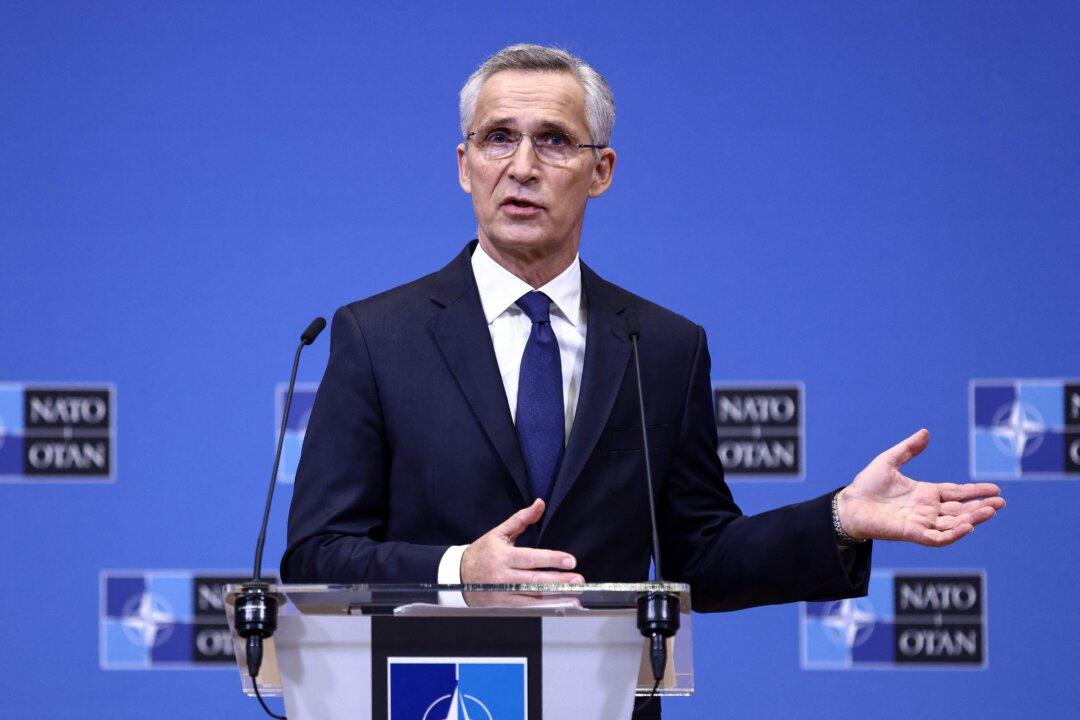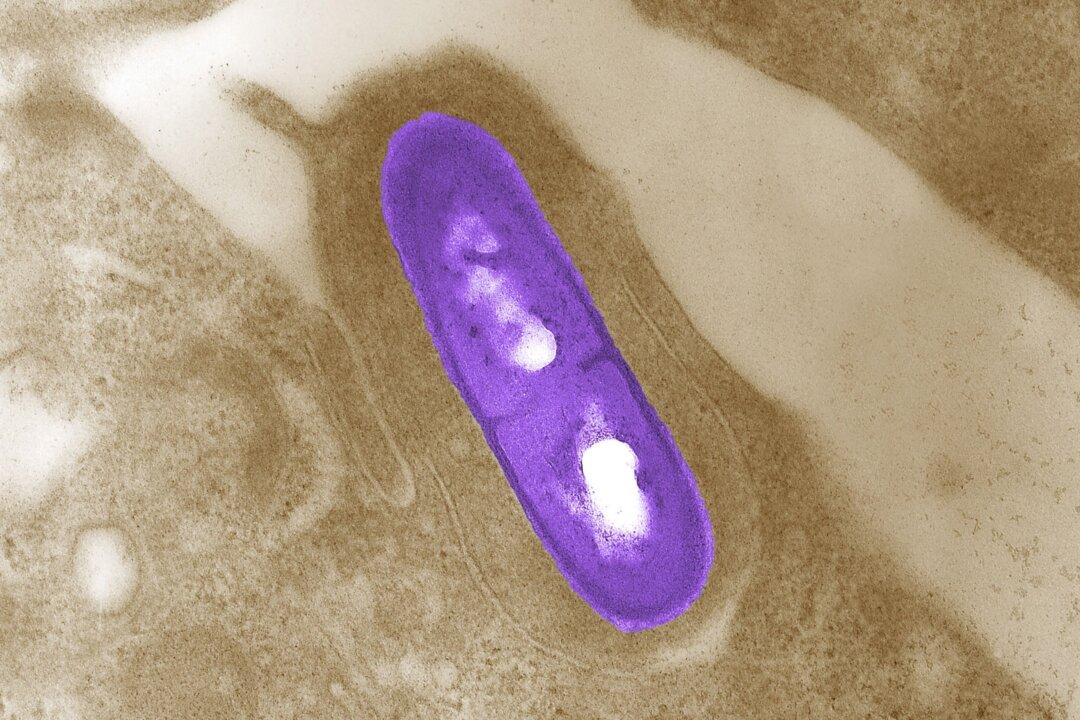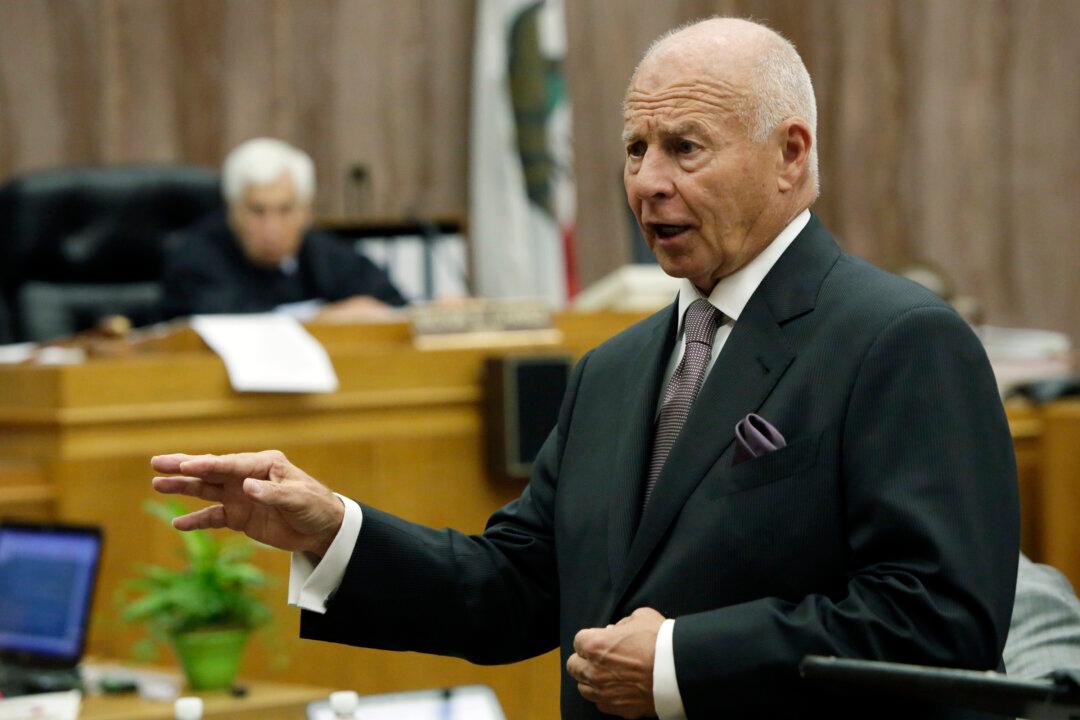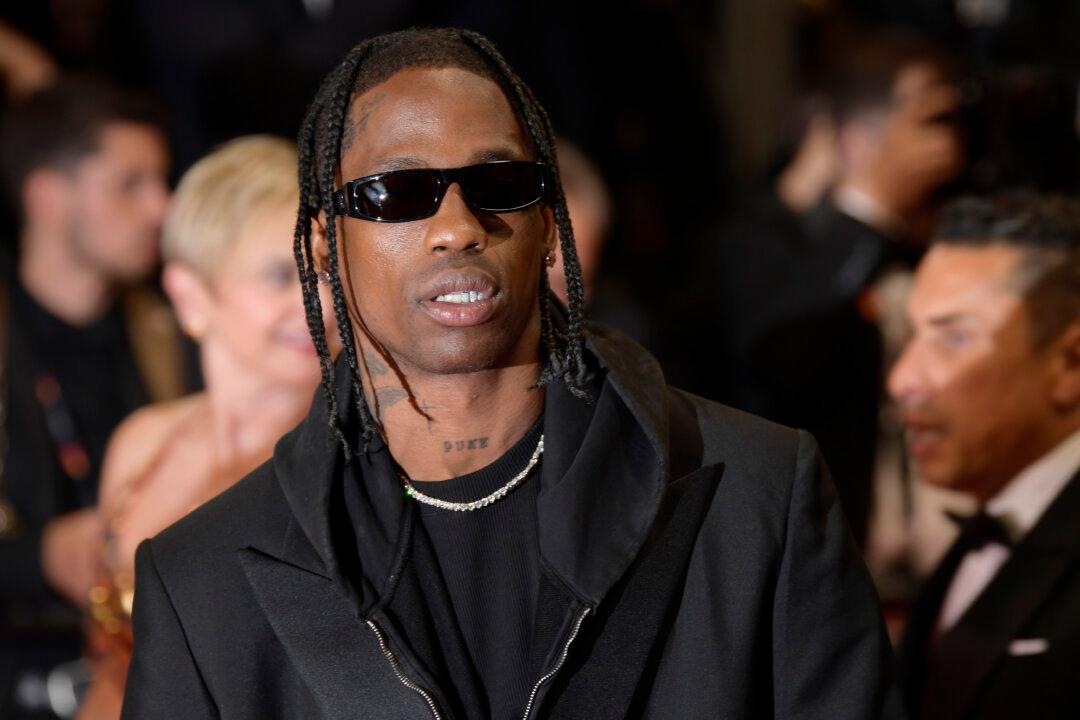NATO’s European member-states are poised to invest a combined total of $380 billion on defense this year, according to the military alliance’s Secretary-General Jens Stoltenberg, in response to comments made by former U.S. President Donald Trump about the bloc if members didn’t spend enough on defense.
That combined level of spending meets an estimated 2 percent of gross domestic product (GDP) in 2024, while marking a 0.15 percent increase from the previous year, Mr. Stoltenberg said.




